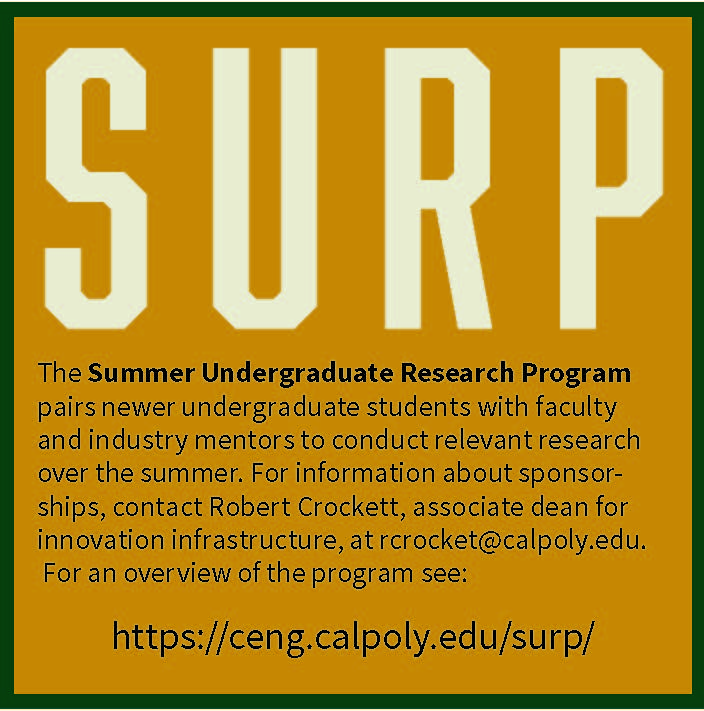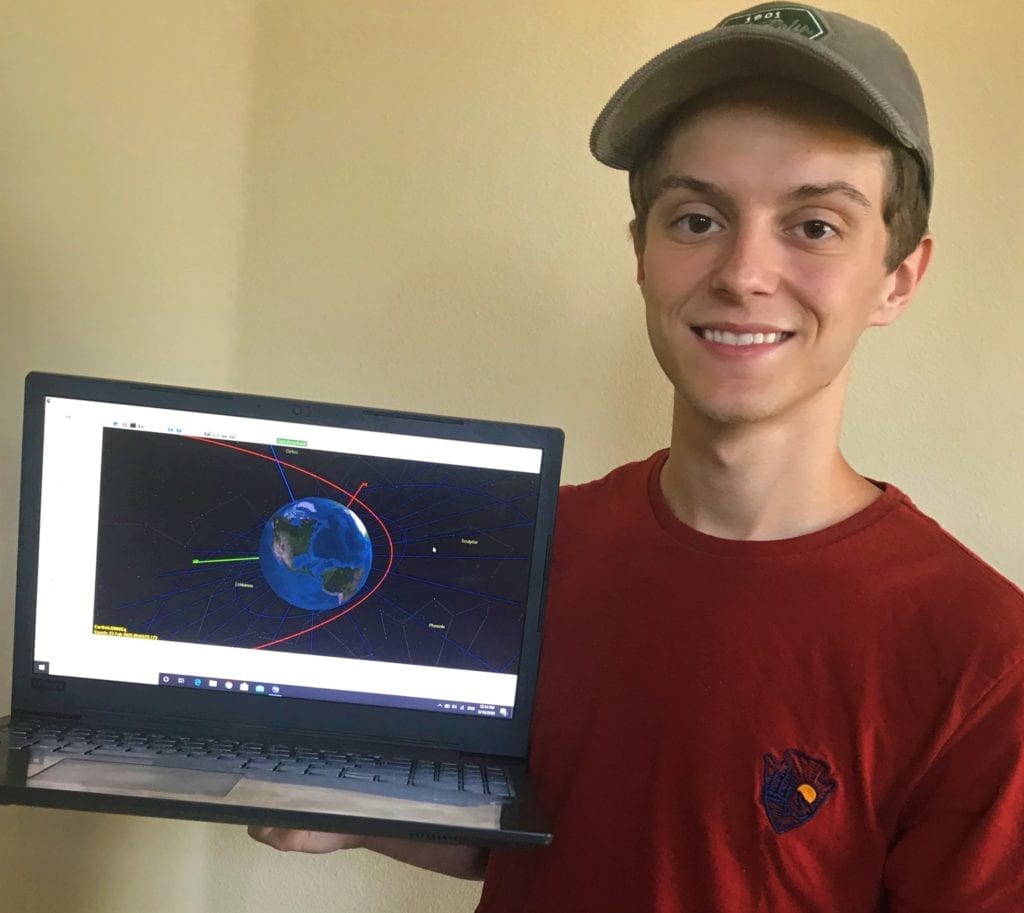Andrew Granberry hopes to see the day when humans walk on Mars or build a base on the moon.
While those goals might optimistically be a few years away, this summer the aerospace engineering major is working with United Launch Alliance (ULA), a private spacecraft launch service provider that has become a key player in space exploration.
“United Launch Alliance is an incredible company that has ambitious goals and works hard to make them happen,” Granberry said. “The task assigned to us and the assistance and information they have been able to provide for us has been nothing short of a dream come true.”
ULA is sponsoring Granberry’s project for the Summer Undergraduate Research Program (SURP). SURP pairs newer undergraduates with faculty and industry to perform real-world research.

The ULA project uses the General Mission Analysis Tool (GMAT) – an open source program for spacecraft mission planning – developed by NASA and private industry. Specifically, the students are using the program to explore the orbits that can be reached from cislunar — the area between Earth and the Moon — using different engine and fuel configurations.
“The goal of our project is to use the General Mission Analysis Tool to analyze different satellite orbits around the Earth and the Moon,” Granberry said.
U.S. space exploration has experienced a revitalization in recent years. Two leading forces in that movement are active Cal Poly alumni – Tory Bruno, the CEO of ULA, and Victor Glover, a NASA astronaut preparing for a trip to the International Space Station this fall.
Both Granberry and his project partner, Shimon Chait, hope to work in the space industry upon graduation, and this project affords them with both real-world experience and an eye-grabbing resume boost in that field.
“Andrew and Shimon are absolutely rocking the project and are working very well as a team,” said Kira Abercromby, an aerospace engineering professor and faculty advisor to the project.
A former research scientist with Lockheed Martin and Jacobs Technology, Abercromby has also benefited from the SURP program. “It has been a great learning experience for me as well since I had never used GMAT before this project.”
The project uses GMAT to find the best orbital path for satellites to take in regard to a special lunar orbit called Near-Rectilinear Halo Orbit, Chait said.
“The NRHO chosen for our mission is a path that takes a spacecraft around the moon roughly once every six days and spends a majority of the time above the lunar South Pole,” said Chait, also an aerospace engineering major.

The pair regularly confer with a ULA trajectory design engineer, Granberry said. “We verify our results with him, as well as bounce off ideas and discuss what expectations are of clients in the aerospace industry.”
Presenting to a company rather than a classroom has been motivating, Chait said, and ULA mentors have been supportive and knowledgeable.
“It makes the work we are doing feel that much more important since we are supplying it to the industry to hopefully be used on an actual mission in the future,” he said.


